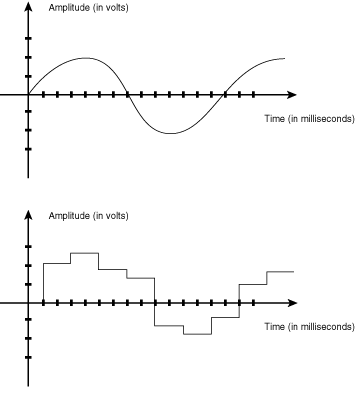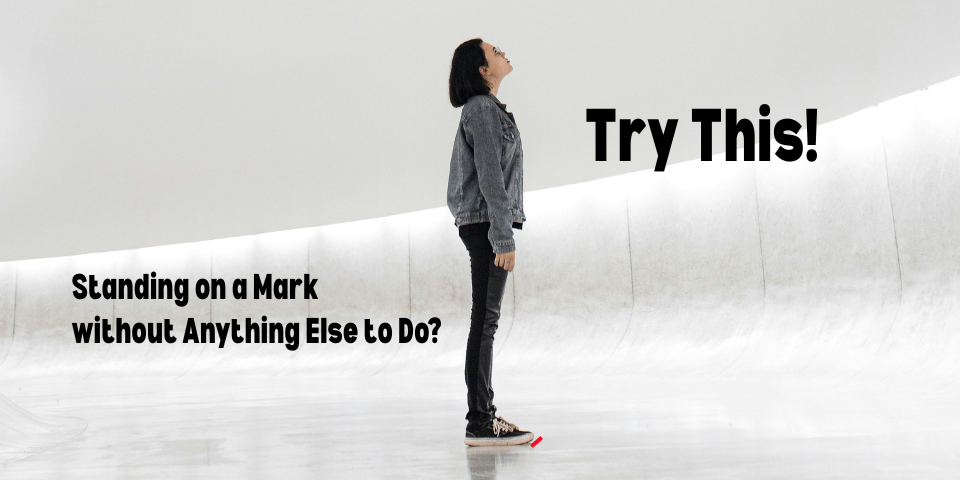When the DP is looking at the light on your face or the camera department is setting up a shot around you, you will probably be asked to move a little bit off your mark. You may be asked “Move to your right” or “Shift a little to your left.”
Rather than taking clunky steps in the direction in hopes of landing in the position they want (a sort of boxy, guess-and-check “dance” toward finding your new position), I have a lot of fun in doing a moonwalk-like “slide” in the direction I’m told. I slowly and smoothly glide my feet out of my current position into a new position.
When repositioning, I see this kind of gliding movement as better than stepping because it allows the crew and myself to determine precisely where I should be without having to do an exchange of imprecise footwork than can take up a few seconds of setup time and add a small amount of frustration to the process of setting up.
Just today while standing in, I decided to call my gliding movement “analog movement.” The other kind of movement of taking steps rather than gliding I decided to call “digital movement.” The terms come from recording.
In sound recording, analog is different from digital. If you’re familiar with vinyl records, you know what analog is all about. If you know about CDs, mp3’s, and the like, you know digital. Think of a sound. Think of a sine wave as a playback of that sound. In analog, that sine wave is continuous–it’s smooth and flowing. In digital, the sine wave is “steppy”–it’s stairstepped rather than smooth. The basic difference is that more information is included in the analog signal compared to the digital signal. You can include very subtle details in the analog signal. In digital, sometimes those subtle details get dropped.
Here’s an image to help you conceptualize the differences better. The top image represents an analog signal, and the bottom image represents a digital signal. You can note that they’re both basically waves, but in digital, the signal is a bit choppier–more like an approximation of the sound than a reflection of the sound.
Basically, doing analog movement as a stand-in helps me to pinpoint quickly and easily precisely where the crew need to have me. It’s also a fun way for me to reposition myself. Digital movement makes finding that precise spot just a little bit harder. By comparison with analog movement, digital movement is a slightly inefficient way for me to reposition myself.
Of course, sometimes you just have to step. But when subtlety is important in the positioning (as in a tight shot), in my opinion, analog movement is hands down the preferred kind of movement when standing in.







Leave A Comment